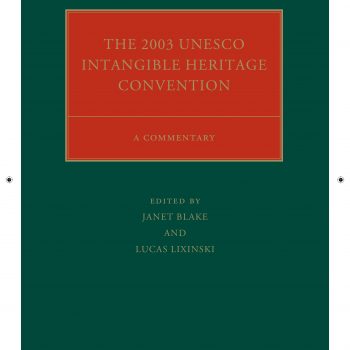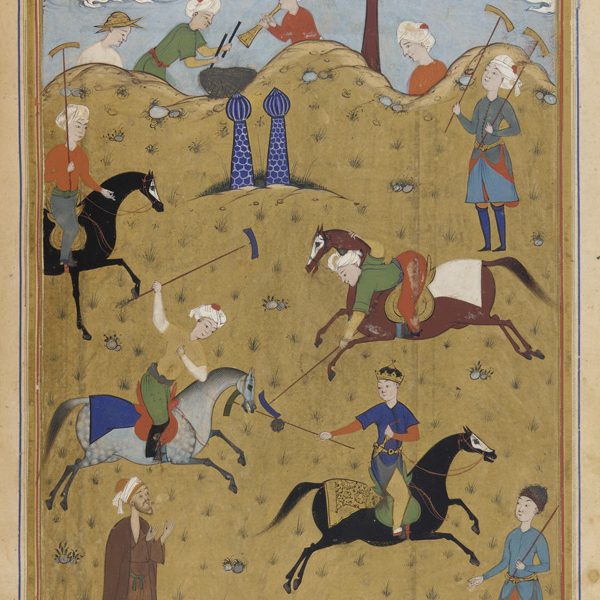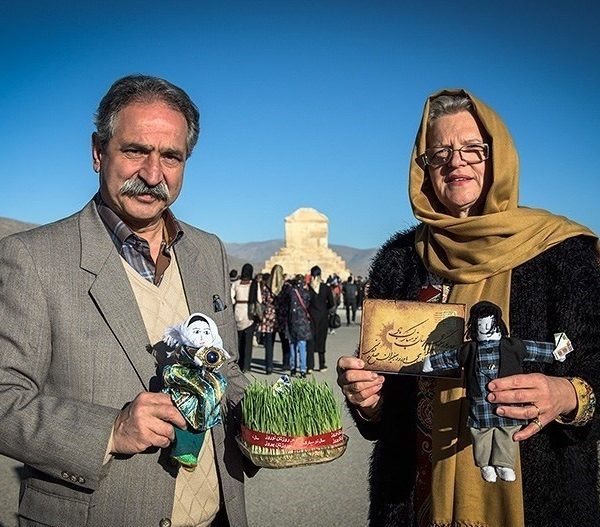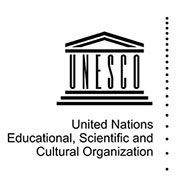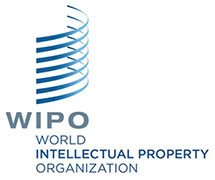Intangible cultural heritage comprises the practices, representations, expressions, knowledge, skills that individuals and communities recognize as part of their heritage. It also includes the instruments, objects, artefacts and cultural spaces that are specifically associated with it. It is a living heritage, transmitted from generation to generation and is constantly recreated by communities and groups in response to their environment. It represents an important social, cultural, economic, and even environmental resource for people around the world and provides them with a sense of identity and continuity.

Global reflection on the listing mechanisms of the 2003 Convention: a series of expert meetings just ended
A series of expert meetings organized in the framework of the global reflection on the listing mechanisms of the 2003 Convention ended yesterday. Launched by the Intergovernmental Committee at its thirteenth session in 2018, this ongoing process led to discussions within the Committee in 2019 and during the General Assembly in 2020. The reflection continued with an…





